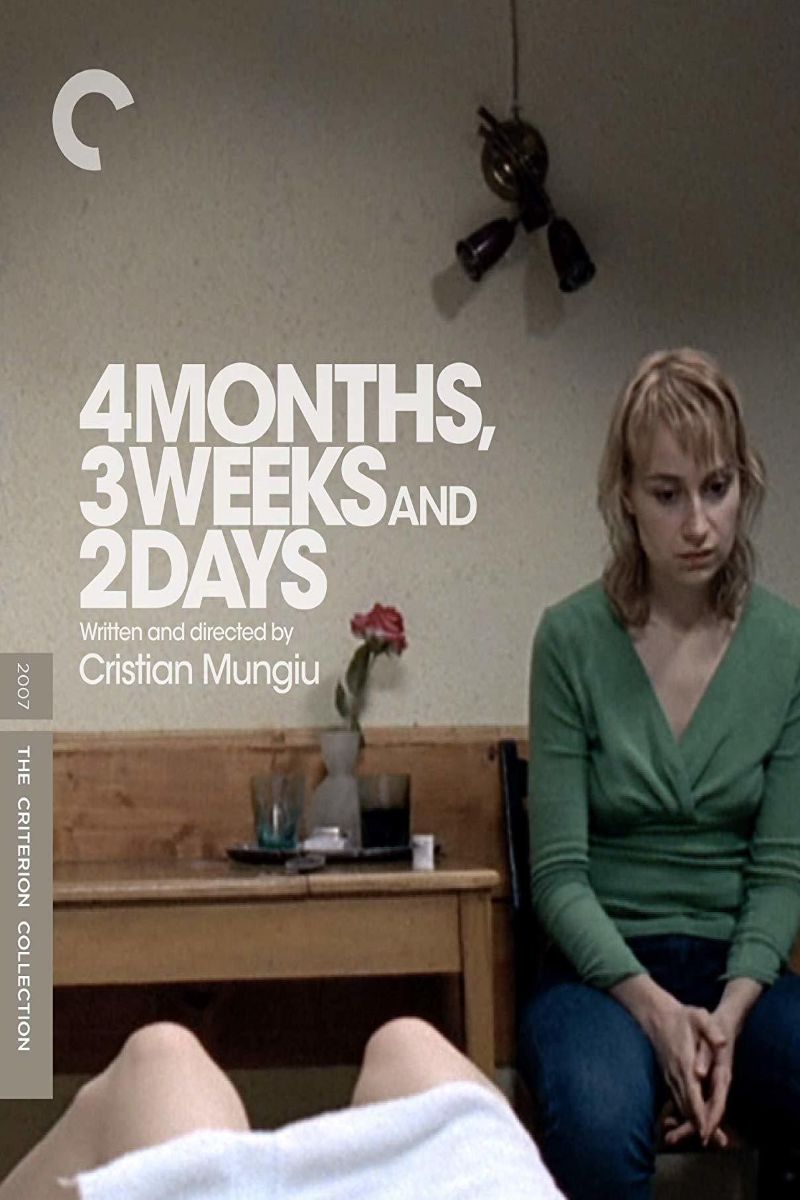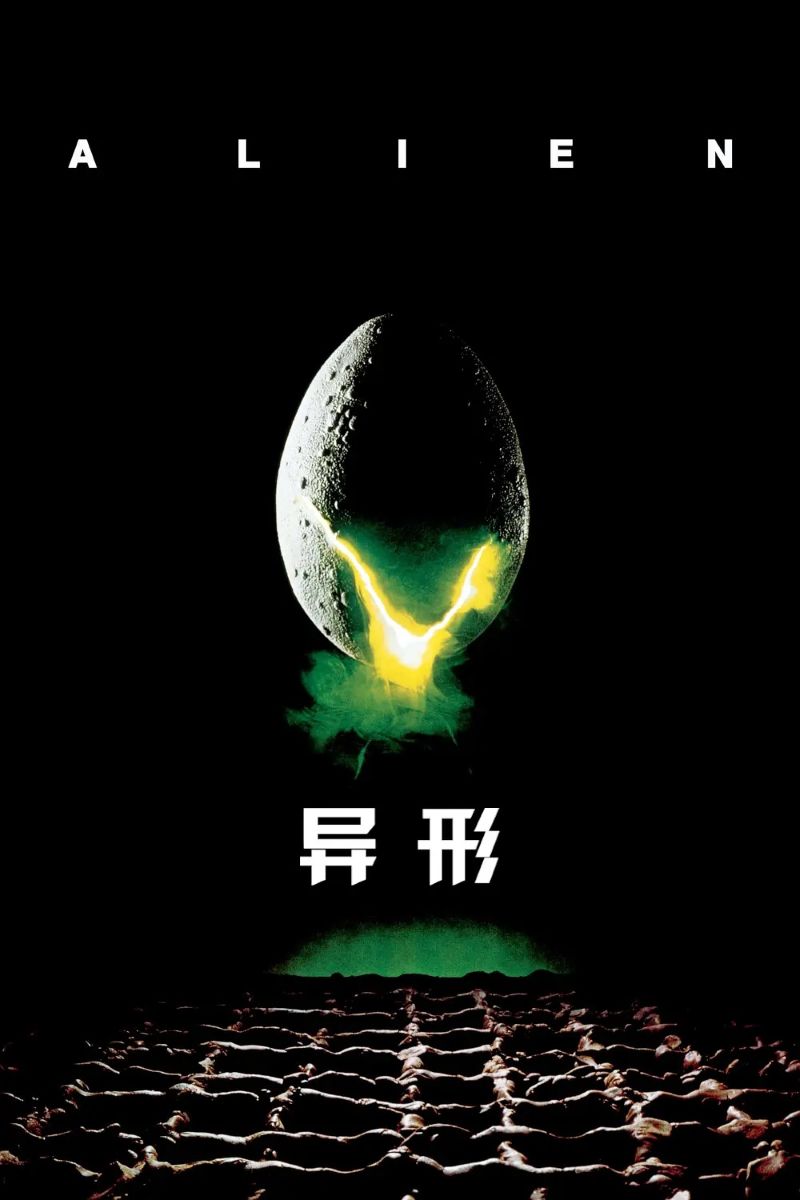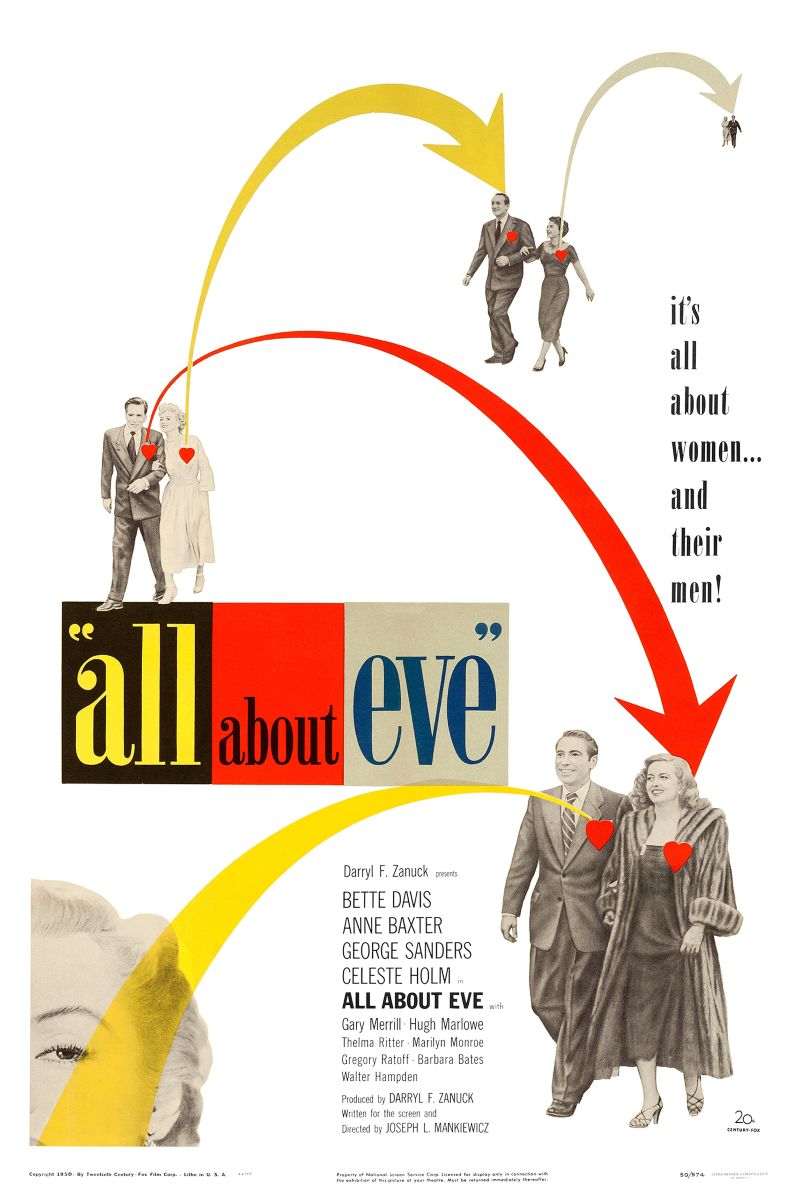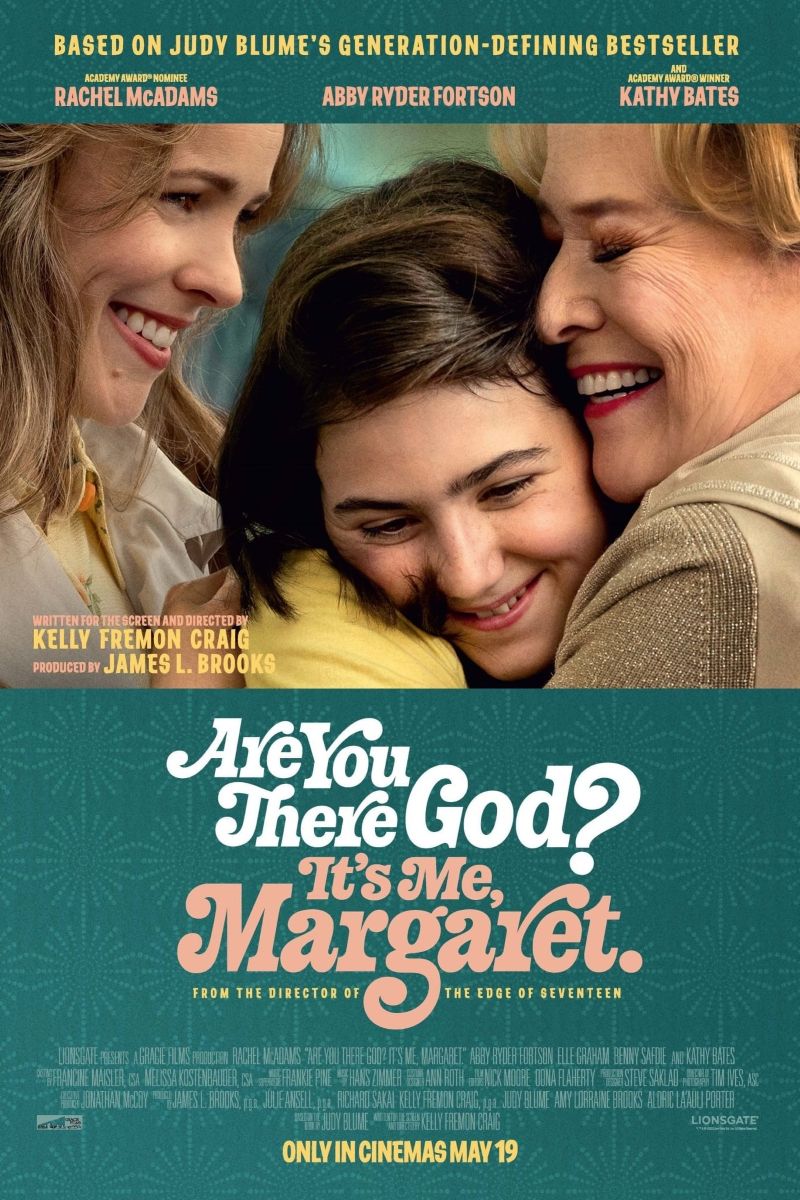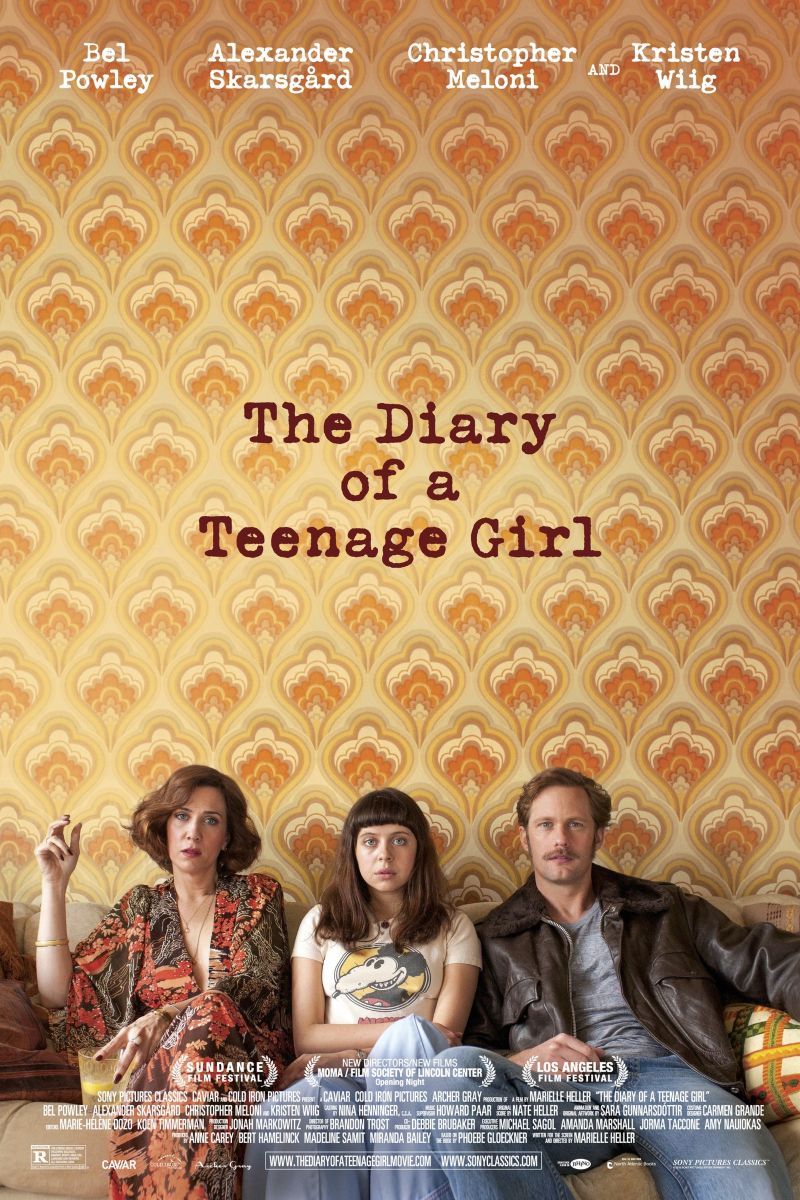
The Diary of a Teenage Girl
The Diary of a Teenage Girl
Bel Powley is a breakout as 15-year-old Minnie, a budding cartoonist and soon-to-be harlot (her word, not ours). Marielle Heller's exuberant journey through the teenage psyche has more penis drawings than a Seth Rogen comedy, and the best part? It doesn't judge.
Cast
Related Topics
🎥 Film Analysis & Review
Marielle Heller’s “The Diary of a Teenage Girl” stands as a revolutionary achievement in coming-of-age cinema, creating unprecedented space for honest exploration of female adolescent sexuality while challenging conventional moral judgments about young women’s desires and agency. This 2015 debut feature demonstrates how feminist filmmaking can reclaim narratives about female sexual awakening from male-dominated perspectives that either romanticize or pathologize teenage girls’ experiences with sexuality and desire. Through Bel Powley’s fearless performance as 15-year-old Minnie Goetze and Heller’s non-judgmental directorial approach, the film establishes new paradigms for representing female sexuality that honor complexity, ambiguity, and authentic experience rather than conforming to simplistic moral categories or social expectations. Set in 1976 San Francisco, the narrative creates a work that is simultaneously specific to its historical moment and universally relevant to ongoing struggles over female sexual autonomy and the right to explore desire without shame or condemnation.
Revolutionary Female Sexual Agency and Coming-of-Age
“The Diary of a Teenage Girl” represents a groundbreaking departure from traditional coming-of-age narratives by centering female sexual desire as natural, complex, and worthy of exploration rather than something to be suppressed, feared, or judged. Minnie’s pursuit of sexual experience reflects genuine curiosity and agency rather than victimization or manipulation, challenging dominant cultural narratives that position young women as either innocent victims or dangerous temptresses in sexual encounters.
The film’s treatment of Minnie’s sexual awakening avoids both prudish condemnation and exploitative sensationalism by presenting her desires and choices as authentic expressions of her developing identity and autonomy. Her relationship with Monroe, while problematic in terms of power dynamics and legal boundaries, emerges from her own initiative and continued agency rather than simple seduction or abuse, complicating easy moral judgments while maintaining awareness of the ethical complexities involved.
Heller’s direction demonstrates how feminist cinema can explore controversial subjects through nuanced character development and emotional authenticity rather than ideological messaging or moral instruction. This approach allows audiences to engage with complex ethical questions about consent, agency, and responsibility without being directed toward predetermined conclusions or simplistic moral categories.
Non-Judgmental Storytelling and Moral Complexity
The film’s greatest achievement lies in its commitment to presenting Minnie’s experiences without external moral judgment while still acknowledging the complexity and potential consequences of her choices. This non-judgmental approach allows for authentic exploration of teenage sexuality that honors the reality of young women’s desires and experiences rather than conforming to adult anxieties or social expectations about appropriate behavior.
Heller’s refusal to position Minnie as either victim or villain demonstrates how feminist storytelling can navigate controversial subjects by focusing on character interiority and emotional truth rather than external moral frameworks. This approach creates space for audiences to develop their own understanding of the situation rather than being instructed in correct responses or interpretations.
The film’s treatment of sexual agency reveals how moral complexity arises not from clear distinctions between right and wrong but from the intersection of genuine desire, social constraints, emotional needs, and power dynamics that shape all human relationships. This sophisticated understanding of ethics allows for more authentic representation of teenage experience while maintaining awareness of the real challenges and dangers that young women face.
Artistic Expression and Creative Identity
Minnie’s identity as an aspiring cartoonist provides crucial framework for understanding how creative expression functions as both outlet for sexual and emotional development and means of processing complex experiences that exceed conventional social categories. Her artistic work reflects her inner life while also serving as commentary on the social and cultural forces that shape her understanding of sexuality, identity, and possibility.
The film’s integration of animated sequences and visual art creates unique aesthetic approach that mirrors Minnie’s creative perspective while allowing for fantasy, humor, and artistic interpretation of her experiences. This visual language demonstrates how feminist cinema can incorporate experimental techniques to represent interiority and imagination rather than relying solely on realistic narrative conventions.
The connection between artistic creation and sexual development reveals how creative expression can serve as form of agency and self-determination for young women seeking to understand and articulate their experiences beyond the limitations of available social scripts or cultural expectations. Minnie’s art becomes vehicle for exploring possibilities and identities that conventional society might not recognize or validate.
1970s Cultural Context and Sexual Revolution
The film’s 1976 San Francisco setting provides crucial historical context for understanding how cultural movements around sexual liberation and feminist consciousness create both opportunities and challenges for young women exploring their sexuality and identity. The post-sexual revolution era creates environment where traditional moral restrictions have loosened but without necessarily providing clear guidance or protection for teenagers navigating sexual relationships.
The cultural backdrop demonstrates how historical moments of social transformation can create particular challenges for young people who must navigate between old restrictions and new freedoms without established frameworks for understanding appropriate boundaries or healthy relationships. Minnie’s experiences reflect broader cultural tensions between liberation and responsibility that continue to affect discussions of teenage sexuality.
The film’s attention to period details in music, fashion, and social attitudes creates authentic atmosphere that supports the narrative themes while avoiding both nostalgia and condemnation of past social norms. This historical specificity allows for exploration of how cultural context shapes individual experience while maintaining relevance to contemporary debates about sexual education, consent, and female agency.
Mother-Daughter Relationships and Generational Difference
The complex relationship between Minnie and her mother Charlotte, played by Kristen Wiig, illustrates how generational differences in attitudes toward sexuality and femininity create both opportunities and obstacles for young women seeking to define their own identities and relationships. Charlotte’s own struggles with relationships and self-definition provide context for understanding Minnie’s choices while revealing how family dynamics influence teenage development.
The film’s portrayal of their relationship avoids both idealization and demonization of either character by showing how both mother and daughter are navigating challenges related to female identity, sexual autonomy, and social expectations within their respective generational contexts. Their conflicts and connections reflect broader cultural tensions about female sexuality and appropriate maternal guidance.
Charlotte’s relationship with Monroe creates ethical complications that the film explores without resolving through simple moral categories, demonstrating how adult behavior and choices create contexts that affect teenage development in complex ways. The film’s treatment of these dynamics reveals how family relationships operate within broader social and cultural systems that shape possibilities and constraints for all family members.
Performance and Character Authenticity
Bel Powley’s breakthrough performance as Minnie achieves remarkable authenticity by avoiding both precocious maturity and artificial innocence in favor of genuine portrayal of teenage complexity, uncertainty, and growing self-awareness. Her performance captures the contradiction between Minnie’s sexual confidence and emotional vulnerability without reducing either aspect to simple explanation or developmental stage.
Alexander Skarsgård’s Monroe presents character whose appeal and attraction to Minnie feel genuine while maintaining awareness of the problematic power dynamics and ethical concerns that his relationship with her creates. His performance avoids both demonization and romanticization by presenting complex individual whose motivations and choices resist easy moral categorization.
Kristen Wiig’s Charlotte demonstrates the challenges facing women who are themselves struggling with identity and relationships while trying to provide guidance and protection for their daughters. Her performance reveals how personal struggles and limitations affect parenting without excusing harmful choices or abdication of responsibility.
Visual Style and Aesthetic Innovation
Heller’s direction creates visual language that combines realistic cinematography with animated sequences and artistic elements that reflect Minnie’s creative perspective and inner experience. This hybrid approach allows for representation of fantasy, imagination, and emotional states that conventional realistic filmmaking might not capture effectively.
The film’s use of color, costume, and production design creates authentic 1970s atmosphere while supporting the narrative themes about self-expression, creativity, and sexual discovery. The visual style enhances rather than overwhelms the character development and emotional content of the story.
The integration of Minnie’s artwork and animated sequences provides insight into her psychological and creative development while demonstrating how artistic expression can serve as form of agency and self-determination for young women. This visual approach creates unique aesthetic that supports the film’s themes while establishing distinctive cinematic identity.
Sexual Education and Contemporary Relevance
“The Diary of a Teenage Girl” continues to influence discussions about comprehensive sexual education, consent education, and age-appropriate guidance for teenagers navigating sexual relationships and identity development. The film’s honest portrayal of teenage sexuality provides perspective on debates about how society should approach education and guidance for young people’s sexual development.
The movie’s treatment of desire, agency, and consent offers complex framework for understanding how young women’s sexuality can be acknowledged and discussed without either repression or exploitation. This perspective contributes to ongoing conversations about how to provide realistic and helpful guidance for teenagers while protecting them from harmful relationships and experiences.
The film’s non-judgmental approach provides model for how adults can engage with teenage sexuality that honors young people’s agency and experiences while maintaining appropriate boundaries and providing necessary guidance and protection. This balance remains relevant to contemporary debates about parental involvement, educational approaches, and social support for adolescent development.
Independent Cinema and Feminist Filmmaking
The film’s success within independent cinema demonstrates audience appetite for honest, complex storytelling about female experience that challenges conventional moral frameworks and social expectations. Its critical recognition helped establish Marielle Heller as significant voice in feminist filmmaking while proving that controversial subjects can be explored with artistic integrity and commercial viability.
The movie’s influence on subsequent films about teenage sexuality and female coming-of-age has encouraged other filmmakers to explore similar themes with honesty and complexity rather than relying on stereotypical or sensationalized approaches. This cultural impact has expanded possibilities for representing young women’s experiences in cinema.
The film’s festival success and critical acclaim demonstrate how independent filmmaking can provide platform for voices and perspectives that mainstream Hollywood might avoid or misrepresent. This success encourages continued investment in diverse storytelling that challenges conventional assumptions about appropriate subjects and approaches for cinema.
Ethical Complexity and Moral Ambiguity
The film’s sophisticated treatment of ethical questions surrounding teenage sexuality, adult responsibility, and consent creates framework for understanding how moral complexity arises from real human situations rather than abstract principles. This approach allows for genuine engagement with difficult questions without resorting to simplistic answers or judgmental conclusions.
The movie’s exploration of power dynamics, age differences, and emotional manipulation provides nuanced analysis of how harm can occur even within relationships that involve genuine affection and desire. This perspective contributes to broader discussions about consent, exploitation, and the protection of young people while honoring their agency and capacity for decision-making.
The film’s refusal to provide clear moral resolution demonstrates confidence in audiences’ ability to engage with complex ethical questions and develop their own understanding of appropriate boundaries and responsibilities. This approach respects viewers’ intelligence while contributing to important social conversations about sexuality, consent, and protection of young people.
Contemporary Impact and Cultural Conversation
“The Diary of a Teenage Girl” has continued to influence cultural conversations about female sexuality, consent education, and appropriate representation of teenage experience in media. The film’s honest approach to controversial subjects has provided reference point for discussions about how society should address young people’s sexual development and education.
The movie’s treatment of female desire and agency has contributed to broader feminist conversations about reclaiming narratives about women’s sexuality from male-dominated perspectives that often misrepresent or exploit female experience. This contribution remains relevant to ongoing efforts to center women’s voices and experiences in discussions about sexuality and relationships.
The film’s success has encouraged other filmmakers and storytellers to explore similar themes with honesty and complexity, contributing to gradual shift toward more authentic and diverse representation of female experience in popular culture. This influence extends beyond cinema to literature, television, and other forms of cultural expression.
Conclusion: Authentic Voices and Complex Truths
“The Diary of a Teenage Girl” achieves lasting impact through its demonstration that controversial subjects can be explored with artistic integrity, emotional authenticity, and moral complexity without resorting to sensationalism or judgmental condemnation. Marielle Heller’s direction and Bel Powley’s performance create work that honors the reality of teenage female experience while acknowledging the ethical complexities and potential consequences of sexual relationships across age and power differences.
The film’s greatest achievement lies in its creation of space for honest conversation about female sexuality and agency that neither romanticizes nor pathologizes young women’s desires and choices. By refusing to provide simple moral answers, the film encourages audiences to engage with complex questions about consent, responsibility, and protection while maintaining respect for young people’s capacity for agency and decision-making.
Through its combination of artistic innovation, authentic performance, and sophisticated moral reasoning, “The Diary of a Teenage Girl” stands as testament to the power of feminist cinema to challenge conventional assumptions while creating space for more honest and complex understanding of human experience. The film proves that difficult subjects can be addressed with sensitivity and intelligence while maintaining artistic excellence and social relevance.
🏆 Awards & Recognition
- • Gotham Independent Film Award Best Actress (Bel Powley)
- • Sundance Cinematography Award
- • Boston Society of Film Critics Best New Filmmaker
- • Gil Parrondo Award Best Production Design
- • Directors Guild Award nomination
⭐ Ratings & Links
Related Recommendations
Comments & Discussion
Discuss this video with other viewers
Join the Discussion
Discuss this video with other viewers
Loading comments...
